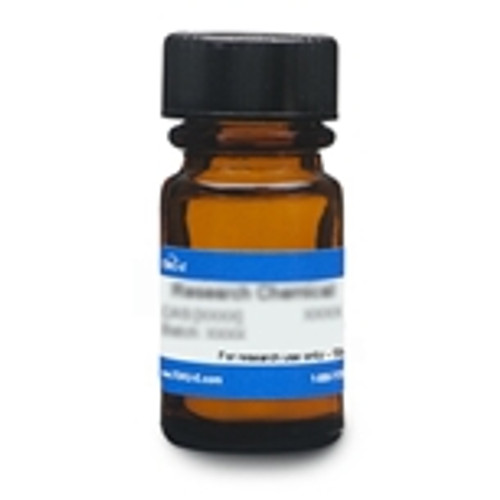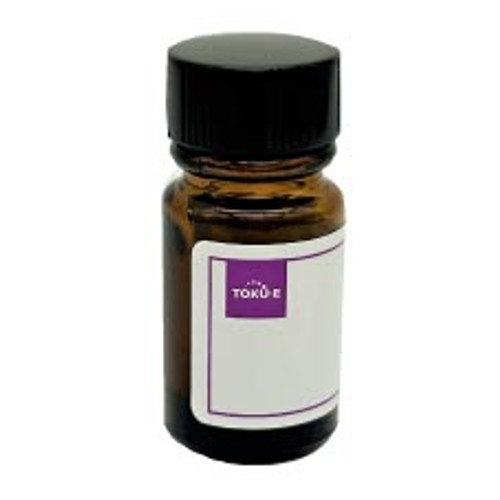Fosfomycin Sodium is broad-spectrum phosphoenolpyruvate analog antibiotic. It has a chemically unique structure unlike any other antibacterial agent. Fosfomycin has been found to have an immunomodulatory effect on human B-cell activation. Fosfomycin Sodium is freely soluble in aqueous solution.
We also offer:
| Mechanism of Action | Fosfomycin prevents peptidoglycan synthesis by inhibiting MurA, an enzyme responsible for synthesizing N-acetylmuramic acid, a major component of peptidoglycan. The compound also inactivates the bacterial enzyme N-acetylglucosamine-3-o-enolpyruvyl transferase, which is essential for the synthesis of bacterial wall peptidoglycan.
Fosfomycin has been found to have immunosuppressive activity, which is not linked to its bactericidal activity, since the enantiomer of Fosfomycin does not have antimicrobial activity. Rather, the immunosuppressive action is seen by its immunomodulatory effect on human B-cell activation. |
| Spectrum | Fosfomycin Sodium is a broad-spectrum antibiotic active against bacteria causing urinary tract infections. Fosfomycin has been found to be effective against certain β-lactam resistant strains of VRE or vancomycin resistant Enterococcus, a glycopeptide antibiotic resistant "superbug." |
| Impurity Profile | Heavy Metals: ≤20ppm 1,2 Dihydroxyl-propylphosphonate: ≤1.0% |
| Microbiology Applications | Fosfomycin is commonly used in clinical in vitro microbiological antimicrobial susceptibility tests (panels, discs, and MIC strips) against Gram-positive and Gram-negative microbial isolates. Medical microbiologists use AST results to recommend antibiotic treatment options.
Representative MIC values include:
Media SupplementsFostfomycin can be used as a selective agent in several types of isolation media: Listeria Selective Agar - Listeria Selective Supplement Listeria Selective Agar - Modified Listeria Selective Supplement Fosfomycin was used in a microfluidic droplet system to demonstrate analytical methods in AST and investigate antimicrobial resistance mechanisms. Droplet methods offer single-cell resolution and can be used to conduct high-throughput analysis (Ruszczak et al, 2023). |
| Eukaryotic Cell Culture Applications | Investigators examined the effect of Fosfomycin on the immune system, specifically the in vitro function of human T cells, and was found to exert its action on the late stage of T-cell activation. It inhibited the proliferation of human lymphocytes induced by polyclonal T-cell mitogens. It suppressed mixed lymphocyte reaction and the production of interleukin-2 by T-cells. Fosfomycin also inhibited the expression of IL-2 receptor and transferrin receptor on T-cell surfaces. This property widens the therapeutic indices as it could be combined with immunosuppressants in organ transplantation (Morikawa et al, 1993). |
| Molecular Formula | C3H5Na2O4P |
| References |
Baum EZ et al (2001) Identification and characterization of new inhibitors of the Escherichia coli MurA enzyme. Antimicrob. Agents Chermother. 45(11):3182-3188 PMID 11600375 Falagas ME and Kastaris AC (2010) Fosfomycin for the treatment of multidrug-resistant, including extended-spectrum β-lactamase producing, Enterobacteriaceae infections: A systematic review. Lancet Infect. Dis. 10(1): 43-50 PMID 20129148 Morikawa K, Oseko F, Morikawa S, Sawada M(1993) Immunosuppressive activity of Fosfomycin on human T-lymphocyte function in vitro. Antimicrob. Agents Chemother. 37(12): 2684-2687 PMID 7509146 Ruszczak A, Jankowski P, Vasantham SK, Schelerr O and Garstecki P (2023) Physicochemical properties predict retention of antibiotics in water-in-oil droplets. Analytical Chem. 95(2):1574-1581 PMID 36598882 |
| MIC | Edwardsiella hoshinae | 0.5 - 32|| Edwardsiella ictaluri | 0.13 - 2|| Edwardsiella tarda| 0.5 - 32|| Escherichia coli| 0.19 - 64|| Helicobacter pylori| 0.05 - 12.5|| Klebsiella pneumoniae| 1.5 - >1024|| Leuconostoc spp.| <4000|| Listeria spp. (Etest)| 0.5 - >1024|| Pasteurella multocida| <4|| Pseudomonas aeruginosa| >128|| Staphylococcus aureus | 2 - 64|| |








